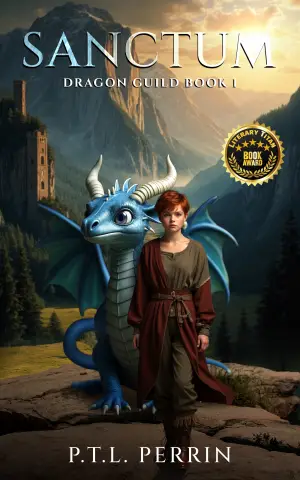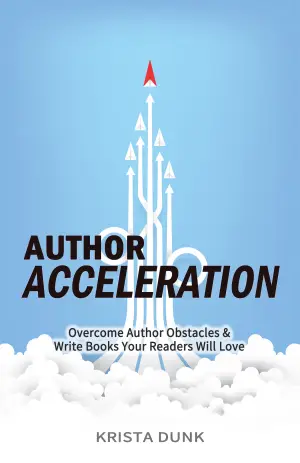Book Review: The Dreaming Void: Void Trilogy, Book 1 by Peter F. Hamilton
When I first cracked open The Dreaming Void, I was hoping for an epic journey through the cosmos, and Peter F. Hamilton certainly delivered! Fans of science fiction know Hamilton for his intricate world-building and vast, interwoven narratives, but the brooding allure of the Void—the mysterious, all-consuming phenomenon at the story’s center—felt especially captivating as I slipped into this entirely new yet familiar universe.
Set in AD 3580, the story is steeped in philosophical weight as it explores themes of belief, mortality, and what it means to dream. The Intersolar Commonwealth, an expansive culture encompassing over a thousand star systems, isn’t just a backdrop but a living, breathing entity of rich diversity. It’s thrilling to see a future where even death has been seemingly conquered. Yet, amid this utopia lies the dark shadow of the Void, gnawing at the edges of the galaxy, a construct of alien origins that threatens to consume everything.
The characters are a diverse bunch, each brilliantly crafted with their own struggles and motivations. Inigo, our messiah of sorts, struggles with the visions that compel believers to undertake a dangerous pilgrimage into the Void. His absence sends ripples throughout the Commonwealth and introduces us to Aaron—a man bound by the mission to find Inigo and avert catastrophe. I particularly resonated with Aaron’s search for identity, as he begins with nothing but his name, thrust into a chaos he doesn’t fully comprehend.
Edeard’s narrative, set within the Void, unfolded like a beautifully drawn tapestry. Despite the vastness of Hamilton’s galaxy, his character felt profoundly intimate as he combated corruption and decay with an undeniable belief in hope. The duality of high-stakes space opera and personal growth creates an engaging dynamic throughout the book, reflecting Hamilton’s mastery at blending genres.
What truly struck me was Hamilton’s ability to create a vivid visual world, bringing each location and technological marvel to life. His writing style oscillates between lyrical prose and rapid-fire sequences during the action, maintaining an excellent pace that kept me engaged throughout. However, the depth of the narrative does mean that the book is substantial in length—something I found invigorating, though some might feel daunted.
One reviewer touched on the striking moments when dreams become tangible realities for the characters, encapsulating their desire to make sense of an incomplete narrative. This fluidity between worlds and dreams resonated deeply with me; it brings our own quest for meaning into stark relief. As one character contemplates, “What if the fabric of reality is only a whisper away from the echoes of our dreams?”
The Dreaming Void isn’t just a read for those who love high-concept science fiction; it’s a testament to dreaming beyond the limitations of our existence. I believe that readers who enjoy intricate plots, character-driven stories, and philosophical musings will find much to ponder here. It has left me eagerly anticipating the next installment of the Void Trilogy while simultaneously feeling reflective about my own ambitions and dreams.
For those ready to embark on a grand journey where every star holds a secret and every dream can change the course of history, Hamilton’s work is a fitting companion. The Void awaits, and it promises to be an adventure like no other.
You can find The Dreaming Void: Void Trilogy, Book 1 here >>






